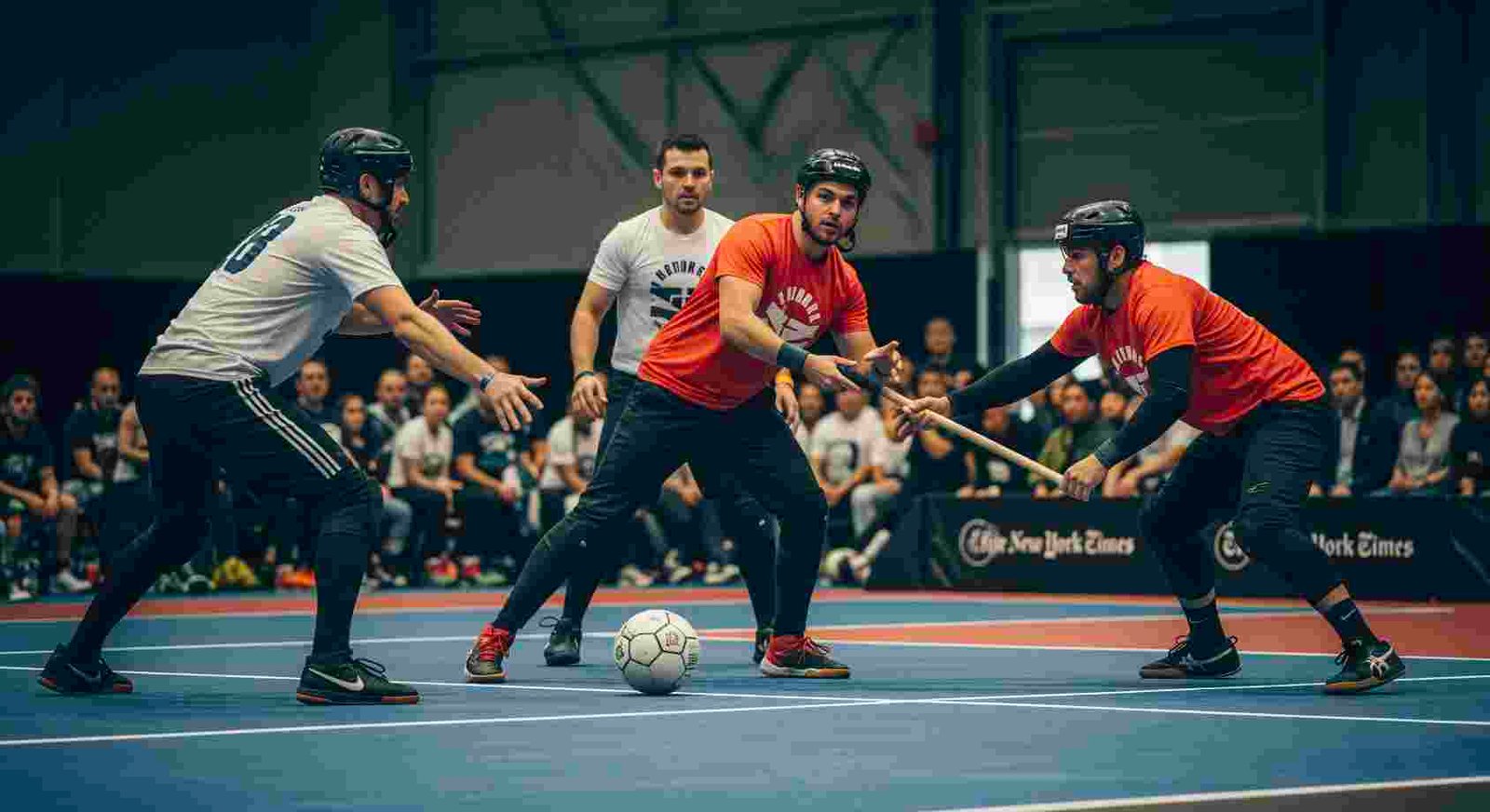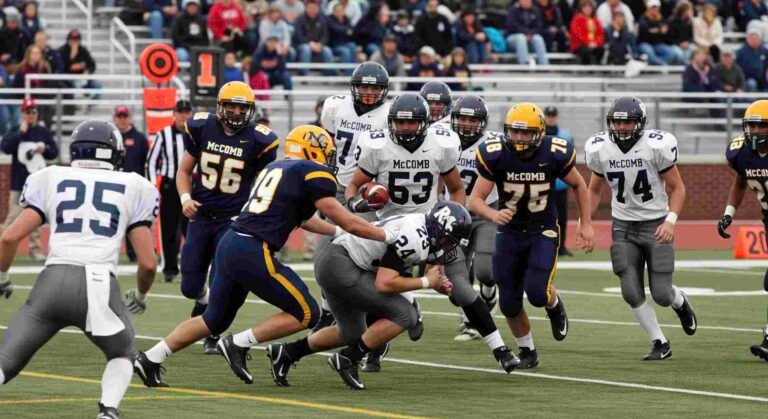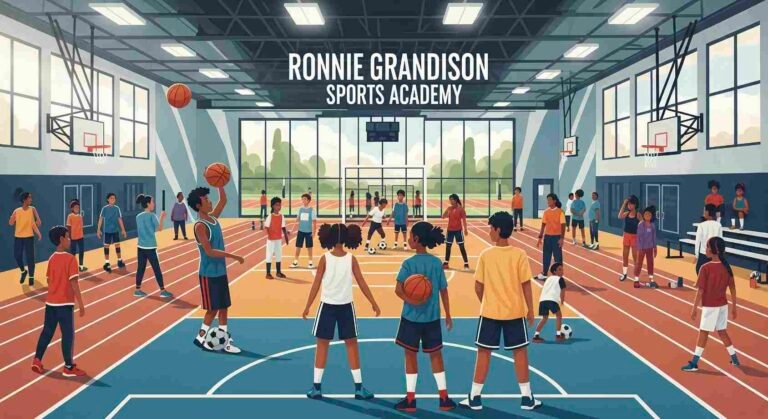The Rise of the Participant in a Hybrid Sport NYT Spotlighted
In recent years, the concept of hybrid sports has taken the athletic world by storm. Fueled by innovation, audience engagement, and evolving fitness trends, these sports blend elements from traditional disciplines to form new, high-energy games. According to coverage from the New York Times, becoming a participant in a hybrid sport nyt is not only physically challenging but also culturally significant. This new wave of athleticism redefines competition and athlete identity in profound ways.
What is a Hybrid Sport?
A hybrid sport is essentially a combination of two or more conventional sports. It borrows specific skills, rules, or physical demands from existing disciplines to create a new competitive format. This trend isn’t just about entertainment—it’s also a testing ground for the limits of human performance and creativity.
Take, for instance, pickleball, which combines tennis, ping pong, and badminton. Or spikeball, which fuses elements of volleyball and four-square. Each hybrid sport demands a unique set of skills, often pushing athletes to cross-train in multiple areas.
Why Hybrid Sports Are Gaining Popularity
- Engaging for younger audiences
- Innovative and adaptable formats
- Lower entry barriers compared to traditional sports
- Increased media exposure and sponsorship opportunities
The Life of a Participant in a Hybrid Sport NYT Describes
Becoming a participant in a hybrid sport nyt article typically highlights requires more than talent—it involves passion, persistence, and versatility. These athletes often come from multi-sport backgrounds or transition from one traditional sport into a hybrid format to extend their competitive careers.
Many athletes say that hybrid sports offer a refreshing challenge. They are no longer confined by one sport’s rules and can adapt their skillset in innovative ways. It also opens doors to global competitions that may not have the same traditional barriers, such as college recruitment or pro contracts.
Training and Lifestyle
Hybrid athletes often embrace a rigorous and diverse training routine:
- Cardio and endurance conditioning
- Technical skills across multiple sports
- Strength training tailored to compound movements
- Mental agility and fast decision-making
Popular Hybrid Sports and Their Appeal
The hybrid sports movement isn’t limited to niche circles. Many of these games are now showcased on television, YouTube, and social media, gaining traction around the globe.
Some of the most recognized hybrid sports include:
- Ultimate Frisbee – Combines elements of soccer and football
- FootGolf – A mix of soccer and golf played on a golf course
- Bossaball – Volleyball meets soccer, trampoline, and capoeira
- Chessboxing – Alternating rounds of boxing and chess, mixing brains with brawn
These unique sports demonstrate the broad appeal and flexibility of hybrid formats. They are especially popular in schools and youth programs, where innovation is embraced and traditional athletic pathways are less rigid.
Cultural Impact of Hybrid Sports
A participant in a hybrid sport nyt article often illustrates how these games challenge traditional notions of athleticism and competition. They promote inclusivity, creativity, and adaptability—traits that are increasingly valued in modern society.
Furthermore, hybrid sports often reduce the cultural and financial barriers that come with elite-level traditional sports. For example, while entering a tennis academy might be costly, starting a game of pickleball with friends in a local park is far more accessible.
Bridging Communities
Hybrid sports are being used to bridge communities through:
- Inclusive tournaments across age and skill levels
- Cross-gender leagues promoting equality
- Integration of tech and gaming with physical activity
FAQ
Q1: What is meant by “participant in a hybrid sport nyt”?
It refers to individuals featured or discussed in The New York Times who are actively involved in new or evolving sports that combine elements of two or more traditional disciplines.
Q2: Why are hybrid sports becoming more popular?
They are more inclusive, engaging, and flexible compared to traditional sports. They also offer new ways for athletes to compete and for audiences to stay entertained.
Q3: Are hybrid sports officially recognized?
Some are gaining recognition through organized leagues and international tournaments, but official Olympic-level recognition is still rare.
Q4: What kind of training is required for these sports?
Training usually involves multi-disciplinary conditioning, including strength, agility, and mental coordination.
Q5: Can children participate in hybrid sports?
Absolutely. Many hybrid sports are designed to be accessible for all age groups and skill levels, making them ideal for youth engagement.
Conclusion: Embracing the Future of Athleticism
The age of specialization in sports is gradually giving way to a new era of versatility and creativity. The growing prominence of the participant in a hybrid sport nyt feature reflects a broader shift in how we define sports and athletes today. These individuals represent a generation that is curious, agile, and open to new experiences—qualities that transcend the playing field.
Hybrid sports are not just about combining games; they are about merging cultures, ideas, and possibilities. As these sports continue to evolve, so too will the stories of the athletes who shape them.
Whether you’re a seasoned competitor or a casual weekend player, the hybrid sport revolution is an open invitation to explore something new—and perhaps redefine what being an athlete truly means.







